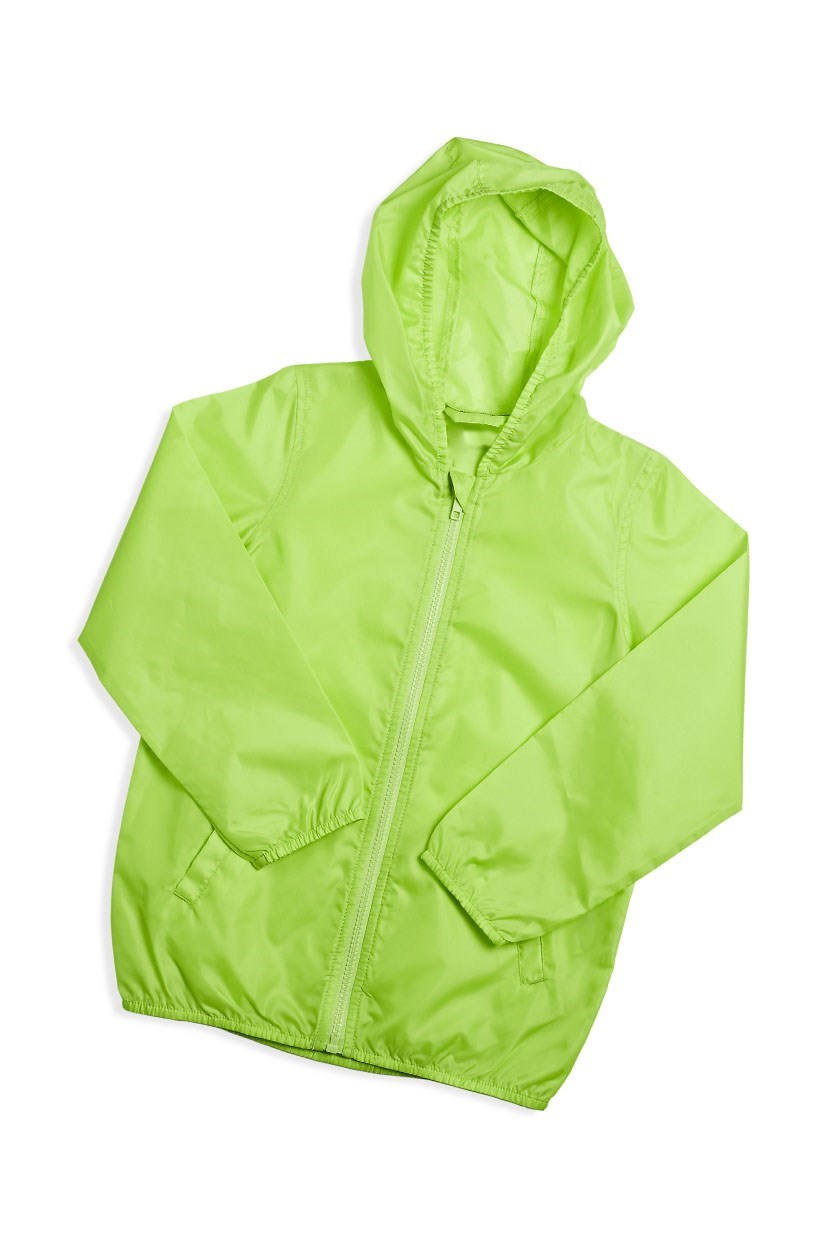How to protect yourself against skin damage
There are a number of external factors that cause skin damage. Here’s how you can protect yourself:
Cold – Warm clothes and gloves, hats, preferably the layering principle.
Heat – Clothing and gloves that protect against heat, the layering principle also works here; remember not to use materials that can melt.
Moisture – Use gloves, disposable coveralls, boots, inner gloves, disposable gloves, aprons; apply lotion frequently.
Chemicals – Get help if necessary to ensure you are using the right materials to protect against the substance. Correct disposable coveralls, boots, hoods, gloves.
Abrasion – Gloves, workwear, knee pads, work shoes, insoles; apply lotion.
Sunlight – Full-body workwear and head protection, tent/parasol.
Dust – Disposable coveralls, gloves, face shield, extraction, good ventilation, cleaning
Allergy – Remove allergenic substances such as nickel, chromium, latex. Use the right protection.
Apply lotion. Check for rash and irritation; use unscented soap and detergent. Use a moisturizing cleaning agent.

